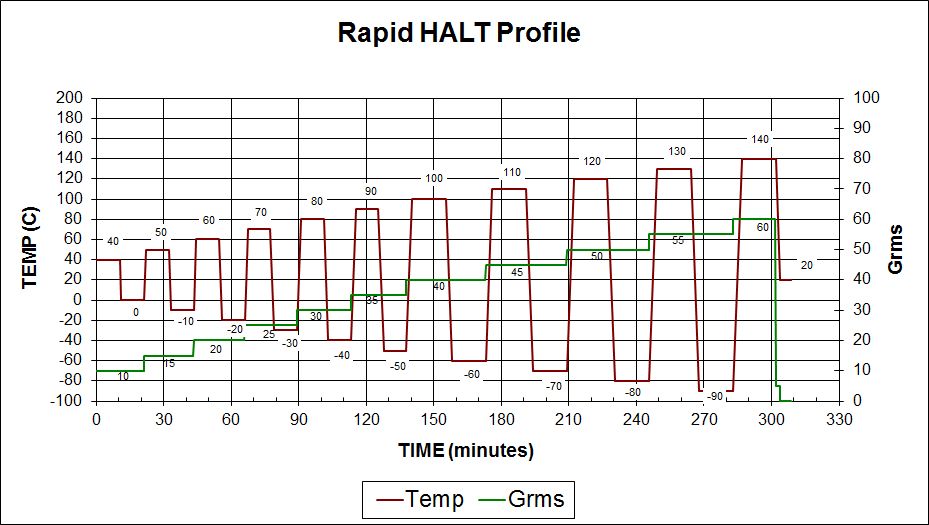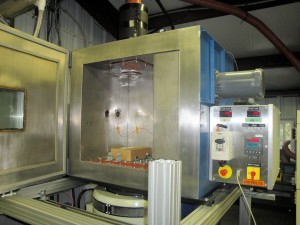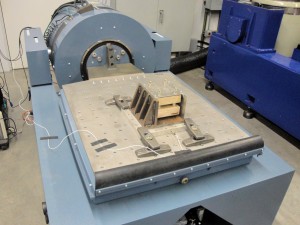Rapid Highly Accelerated Life Testing or Rapid HALT is a reliability test method that is used to expose product weaknesses. A Rapid HALT procedure is a modification of a Classical HALT procedure. For more information about Classical HALT procedures, refer to the following blog articles:
- What is HALT Highly Accelerated Life Testing and why perform HALT?
- What is a typical HALT procedure?
A Rapid HALT is an abbreviated HALT, typically one day of tests, making it a great cost-effective solution for those seeking faster qualitative results. Exposing a product to a Rapid HALT early in the design process can help reduce product development time and cost by enabling manufacturers to identify flaws or areas of improvement before it’s too late.
Rapid HALT’s are a good tool for assessing the reliability of different suppliers of components but can also be used to assess the reliability of less complicated products. For example, DES has performed Rapid HALT’s to evaluate the reliability of different suppliers of power supplies, cooling fans, and LED’s. DES has also performed a Rapid HALT to study different fastening methods in order to determine which was more robust.

Continue reading Rapid HALT – A Cost Effective Alternative to HALT →



